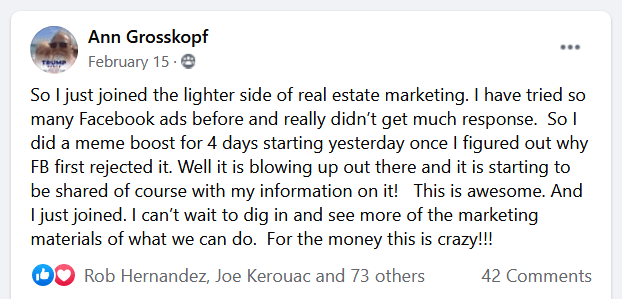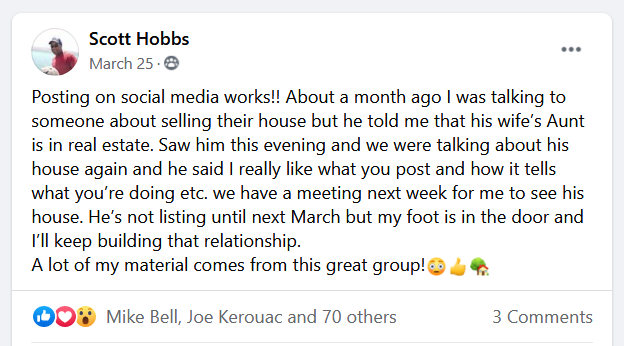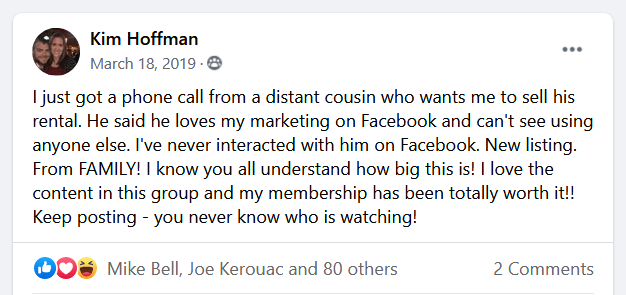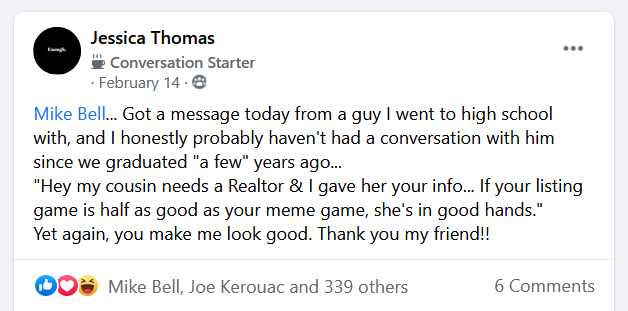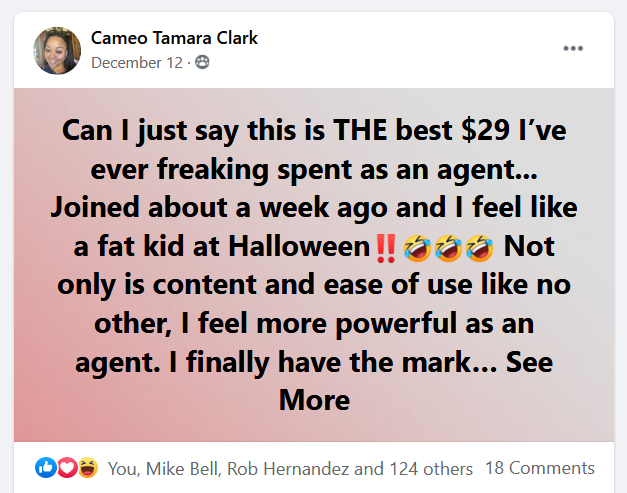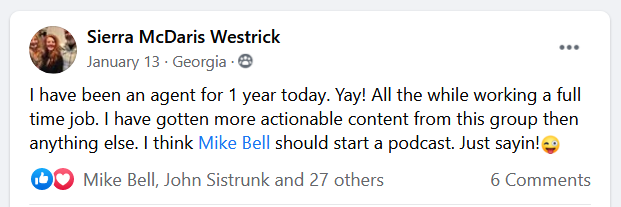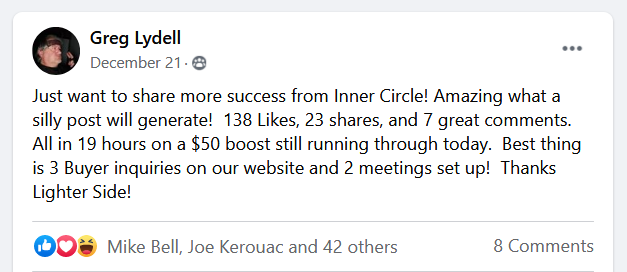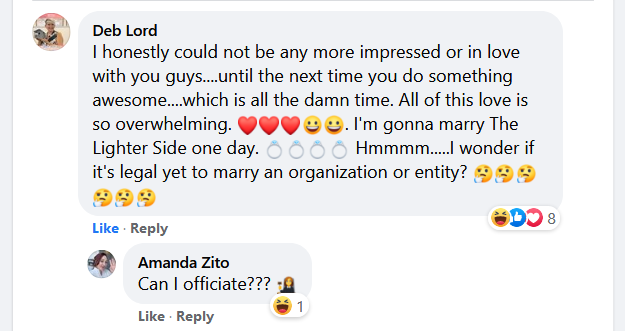
7 Ways To Post About Real Estate Without Boring Your Audience To Tears
Real estate agents need help with social media. I know, because I used to be one who needed it. I’m Mike Bell. If you’re not



If you’ve ever wondered why one house is on a Lane and another is on a Boulevard, you’re not alone—and no, it’s not just a developer throwing darts at a map.
Historically, different roadway suffixes do have meanings. But depending on the city, planning board, or developer’s mood (and sometimes ego), the definitions aren’t always strictly followed. Still, knowing the traditional differences can give you clues about a neighborhood’s layout, traffic flow, and even the vibe of the homes along it.
So here’s your cheat sheet—part urban design, part real estate trivia, and a sprinkle of humor—to what those suffixes are supposed to mean.
Traditionally, a street is a public road found in urban areas, typically lined with buildings and intersecting other streets at right angles. It’s the backbone of the classic grid system, a hallmark of city planning. If you’re living on a street, odds are you’ve got neighbors close by, sidewalks for strolling, and maybe a café or corner store within walking distance.
A road is one of the most generic terms and usually refers to a route that connects two points. It often stretches through rural or suburban areas, winding through farmland, neighborhoods, or industrial parks. It gets you from Point A to Point B—especially if A is civilization and B is a cornfield.
Avenues tend to run perpendicular to streets and are often wider and more prominent. They’re commonly tree-lined and might serve as the spine of a neighborhood. There’s often an air of formality to an avenue — if a street wears sneakers, an avenue wears dress shoes.
Ah, the boulevard. Wide, landscaped, and often divided by a median, boulevards are designed with grandeur in mind. They’re built to handle traffic but still feel elegant. A boulevard may signal you’re in a part of town where the city planners wanted to impress.
A lane is a narrow road, often in rural or suburban areas. It may curve or feel more intimate than its wider cousins. Living on a lane conjures up images of front porches, tall trees, and the occasional deer sighting. It’s less “grid system” and more “storybook setting.”
Drives tend to follow the natural contours of the land. They twist and turn rather than follow straight lines, which can make for some scenic routes (or confusing directions). If your home is on a drive, there’s a good chance you’ve got a hill, a view, or at least a driveway long enough to host a neighborhood block party.
Usually built into the side of a hill, a terrace is a road that runs along a slope or elevated land. The name gives it a bit of flair, and the elevation might even get you a nice sunset view. But be warned: your calves will notice on daily dog walks.
Courts are short streets that end in a cul-de-sac. They’re the go-to for anyone looking for peace and quiet, minimal traffic, and (coincidentally) a basketball court. They’re the perfect setting to set up a hoop at the edge of your yard without having to worry about too many cars coming through to interrupt your lay-up.
A place is usually a short, small road or a dead-end that branches off a bigger road. It’s the kind of name you give a quiet little corner where not much happens—and that’s exactly how the residents like it.
A small street branching off a larger road. Similar to a Place, but with even more “tucked away” energy, like a side quest in a suburban adventure.
A circle is a looped road that either closes into itself or connects at both ends to another road. These are popular with joggers, kids on scooters, and lost delivery drivers. If you enjoy giving directions with phrases like “take the second left after the third mailbox,” you might want to live on a circle.
Alleys are narrow lanes usually running behind or between buildings. Originally designed for deliveries, trash pickup, and utility access, they now double as shortcuts, parking zones, and sometimes, the backdrop for moody Instagram photos.
This road curves gently, often forming a semi-circle. Crescents are less common, but when you find one, it tends to have a graceful, residential feel — like a cul-de-sac that decided to stretch its legs.
Typically found near water or open space, an esplanade is built for leisurely driving, walking, or taking in the view. If you’re lucky enough to live on one, your evening stroll probably includes a breeze and the faint sound of waves or ducks.
Despite the name, you drive on a parkway—you don’t park on it. Parkways are wide, landscaped roads meant for scenic travel. They often avoid direct residential access, but if your home backs up to one, chances are you’ve got quick access to somewhere useful (and a relatively nice view for having a road behind your house).
Once meaning an unpaved path, a trail in modern subdivisions is usually paved and residential, though the name is meant to evoke rustic charm. If your house is on one, it may or may not have been a deer path once.

(Shh, our secret)
Show your sphere your an expert. We have over 2050 articles covering every real estate topic your audience will love.
Position yourself as a real estate authority!
Real estate + topical events — the perfect match!
Become the bearer of good vibes!
Because hey, everyone loves to laugh!



Get our weekly email that makes communicating with your sphere on social actually enjoyable. Stay informed and entertained, for free.

Real estate agents need help with social media. I know, because I used to be one who needed it. I’m Mike Bell. If you’re not

Have you heard how amazing AI is, and how you should be using it to improve your real estate business in every way?! That’s rhetorical,

Hey there, Real Estate friend – I know Facebook can really burn your biscuits, but… Don’t throw in the towel just yet. Your business page

“Normal” people often ask me, “Cathy, could I make it if I’m not genetically predisposed to being a Realtor as you were?” Heredity did play

As the Chief Chuckler in Charge of the Lighter Side, I believe I have the coolest job in the world. I wouldn’t trade it for
Depending on your situation, it may not take the full 30 minutes.

This reset password link has expired. Check the latest email sent to you.

